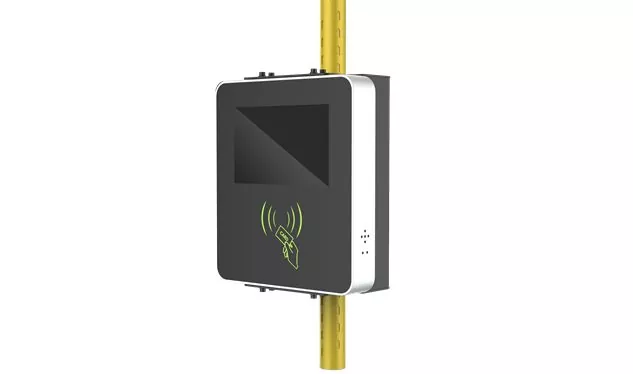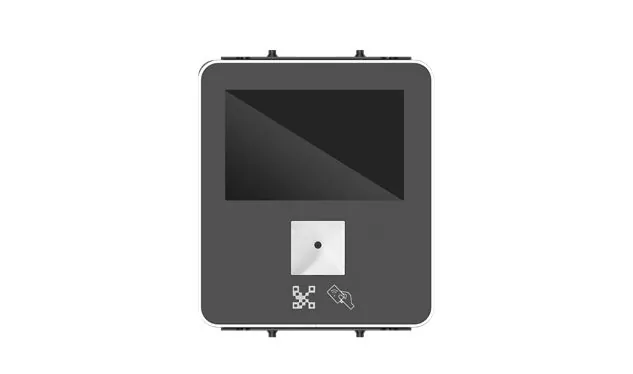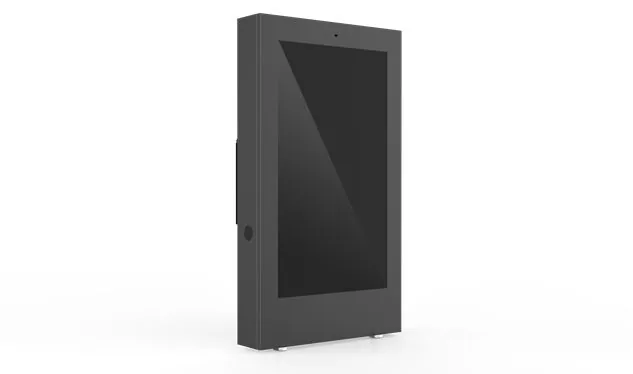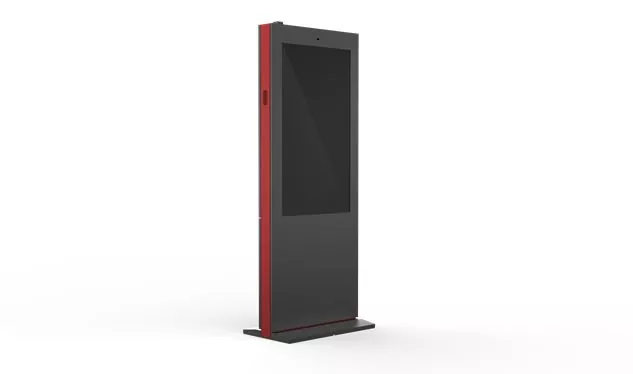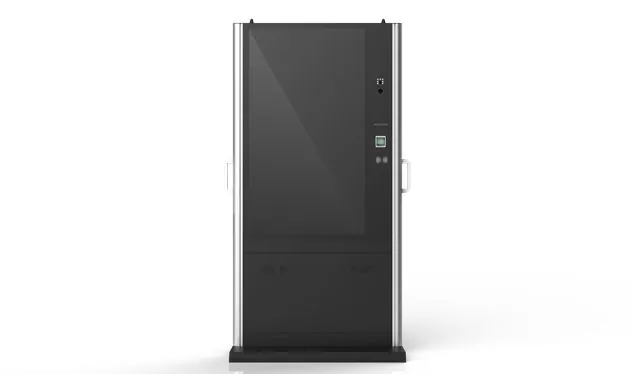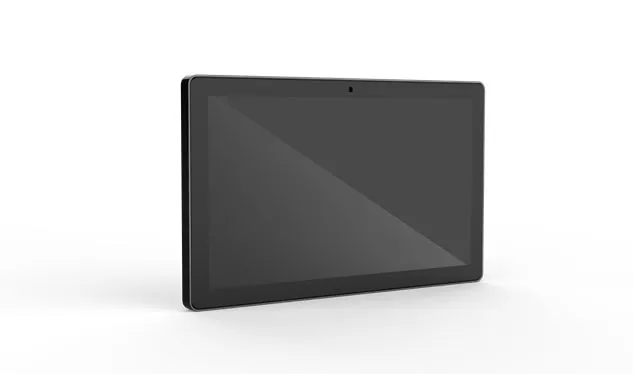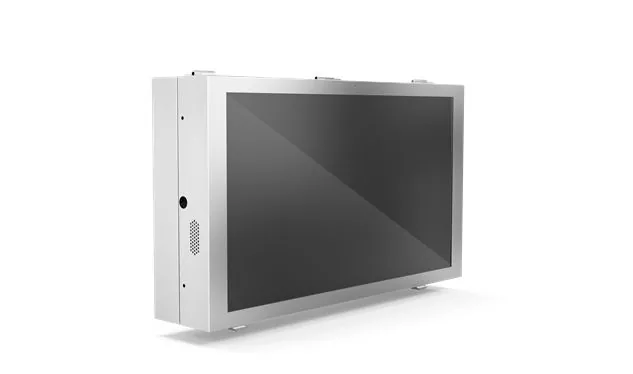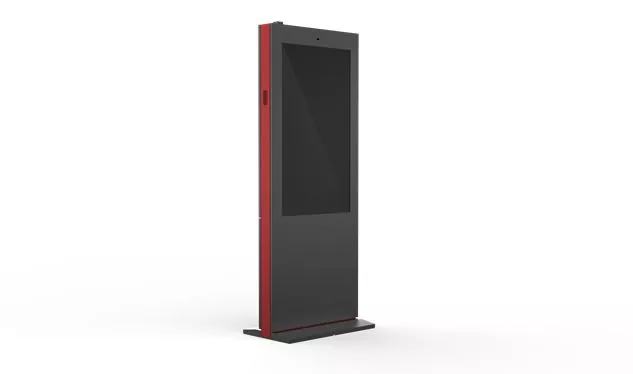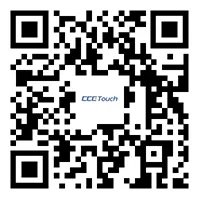Interactive Touch Kiosk
An Interactive Touch Kiosk is a self-service digital terminal equipped with a touchscreen interface that allows users to engage with information, services, and multimedia content in an interactive manner. These kiosks are designed to provide an intuitive, user-friendly experience, making it easy for people to access information, complete transactions, or perform various tasks without the need for human assistance. They are widely used in public spaces, retail environments, educational institutions, healthcare facilities, and more.
Send Inquiry
Interactive touch kiosks are highly versatile and can be customized to suit various applications. They feature high-resolution displays, responsive touchscreens, and are often integrated with software tailored to the specific needs of the deployment location. These kiosks enhance user engagement, improve service efficiency, and provide a modern, digital approach to information dissemination and self-service.
Key Features:
1. Touchscreen Interface:
● Multi-Touch Capabilities: Supports gestures such as tapping, swiping, pinching, and zooming, allowing users to navigate menus and interact with content effortlessly.
● High Sensitivity: Designed to be highly responsive, ensuring a smooth interaction even in high-traffic environments.
2. Customizable Software:
● User-Friendly Interface: The kiosk’s software can be tailored to specific needs, featuring easy-to-understand navigation, clear visuals, and intuitive layouts.
● Content Management Systems (CMS): Allows operators to update content, manage information, and control kiosk functions remotely.
3. Versatile Applications:
● Wayfinding and Directories: Offers interactive maps and directions in locations such as malls, airports, and campuses.
● Product Information and Catalogues: Displays product details, availability, and pricing in retail environments.
● Self-Service Transactions: Facilitates tasks like ticketing, bill payments, check-ins, registrations, and reservations.
4. Multi-Media Capabilities:
● Video, Audio, and Images: Can display a variety of content formats, including videos, audio guides, and promotional slideshows, enhancing the overall user experience.
● Interactive Features: May include touch games, quizzes, and other interactive elements to engage users more deeply.
5. Integrated Peripherals:
● Additional Devices: Can be equipped with printers, barcode scanners, card readers, cameras, and NFC sensors to support a wide range of services like printing tickets, scanning QR codes, or processing payments.
● Accessibility Options: Includes features like audio guidance, large text, and adjustable screens to accommodate users with disabilities.
6. Connectivity:
● Network Integration: Supports Wi-Fi, Ethernet, or cellular connectivity, allowing kiosks to access and update real-time information.
● Remote Monitoring and Management: Provides operators with the ability to monitor performance, conduct diagnostics, and perform maintenance remotely.
7. Security and Privacy:
● Data Protection: Ensures secure handling of sensitive user data, especially when processing personal information or transactions.
● Physical Security: Includes robust casing, anti-tamper features, and lockable enclosures to prevent damage or unauthorized access.
Applications of Interactive Touch Kiosks:
1. Retail and Shopping Malls:
● Usage: Provides product information, store directories, promotions, and digital catalogs, enhancing the shopping experience.
● Benefits: Increases customer engagement and helps retailers deliver personalized, on-demand information.
2. Healthcare Facilities:
● Usage: Assists with patient check-ins, appointment scheduling, wayfinding, and accessing health information.
● Benefits: Reduces wait times, streamlines administrative tasks, and improves patient service efficiency.
3. Education and Universities:
● Usage: Acts as information hubs, providing campus maps, event schedules, class information, and student services.
● Benefits: Improves campus navigation and enhances communication between the institution and students.
4. Public Transportation:
● Usage: Used for ticketing, schedule information, and route planning in bus, train, and airport terminals.
● Benefits: Simplifies the travel process for passengers, providing real-time updates and self-service options.
5. Hospitality and Tourism:
● Usage: Provides guests with information on local attractions, hotel services, event tickets, and more.
● Benefits: Enhances guest experience by providing on-demand, personalized service without needing staff intervention.
6. Corporate and Office Buildings:
● Usage: Acts as digital directories, visitor check-in stations, and meeting room schedulers.
● Benefits: Streamlines visitor management and improves communication within office environments.
7. Government Services:
● Usage: Facilitates access to public services, form submissions, information requests, and bill payments.
● Benefits: Enhances citizen service delivery by reducing queues and improving accessibility to services.
Advantages of Interactive Touch Kiosks:
· Enhanced User Engagement: The interactive nature attracts users, providing an engaging way to access information and complete tasks.
· Increased Efficiency: Automates routine services, reducing the need for staff and speeding up processes like check-ins, payments, and information access.
· 24/7 Availability: Operates round-the-clock, offering users access to services anytime, improving overall accessibility.
· Cost-Effective: Reduces operational costs by automating services and minimizing the need for physical signage and human resources.
· Scalable and Adaptable: Easily tailored to different environments and use cases, making it suitable for a wide range of industries.
· Improved Customer Experience: Provides a convenient, modern interface that enhances user satisfaction and overall experience



